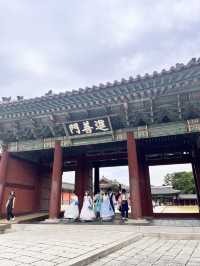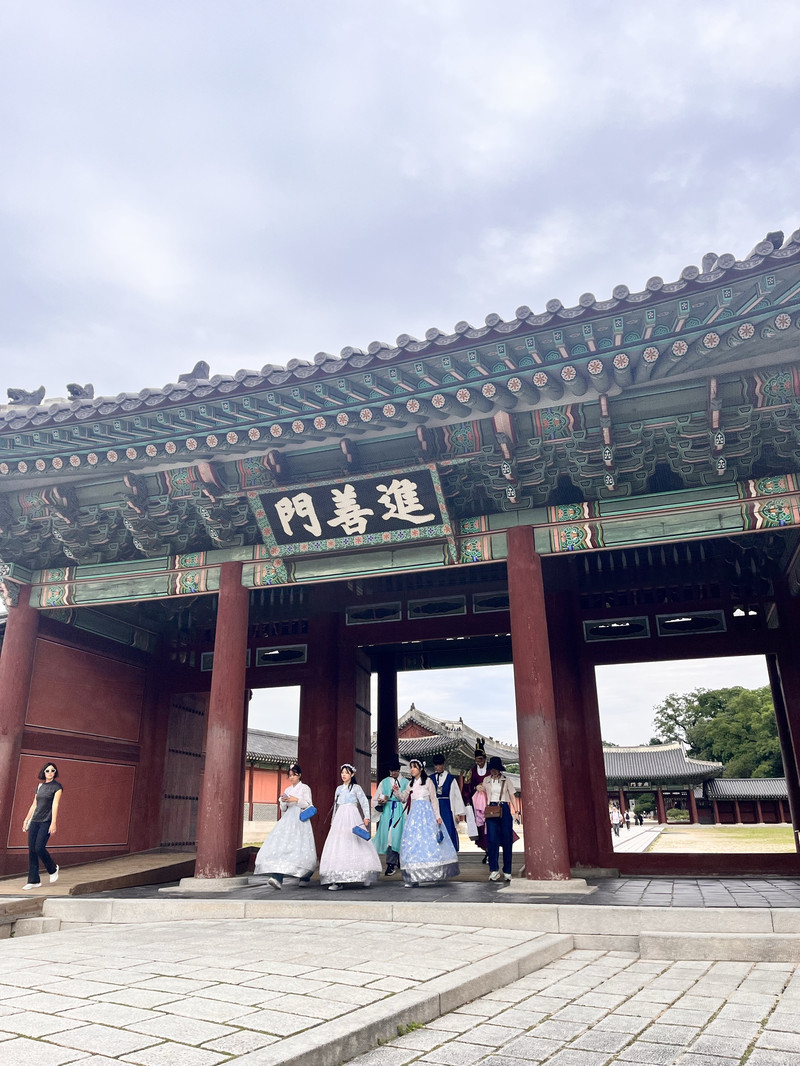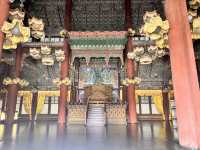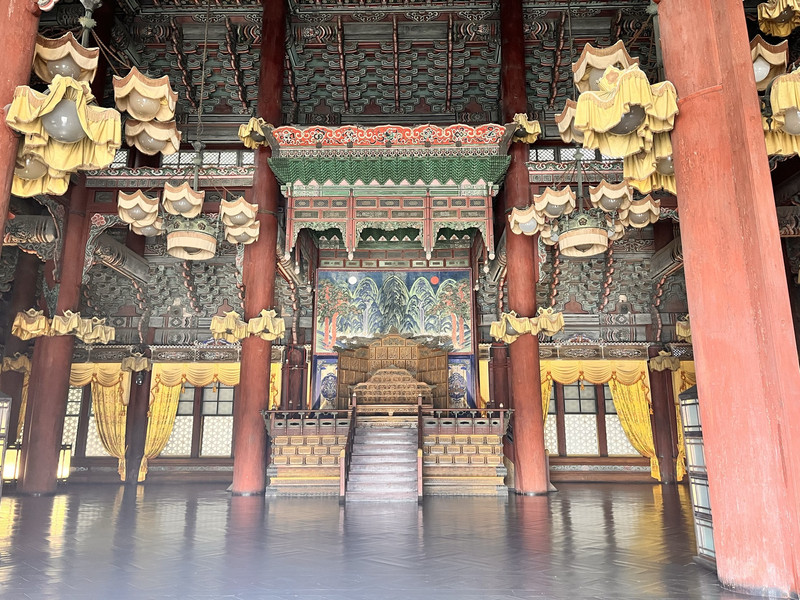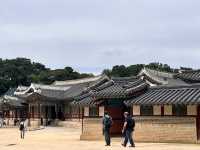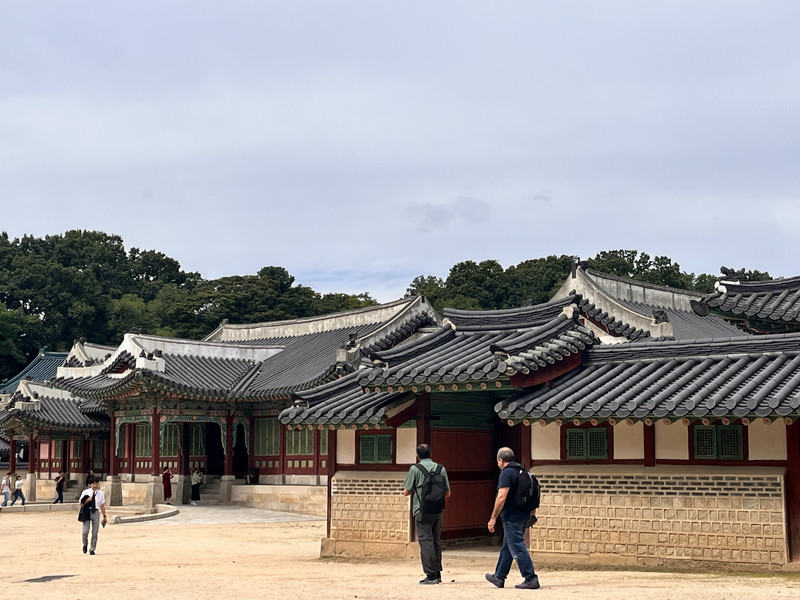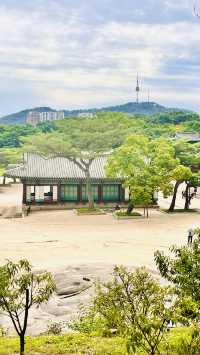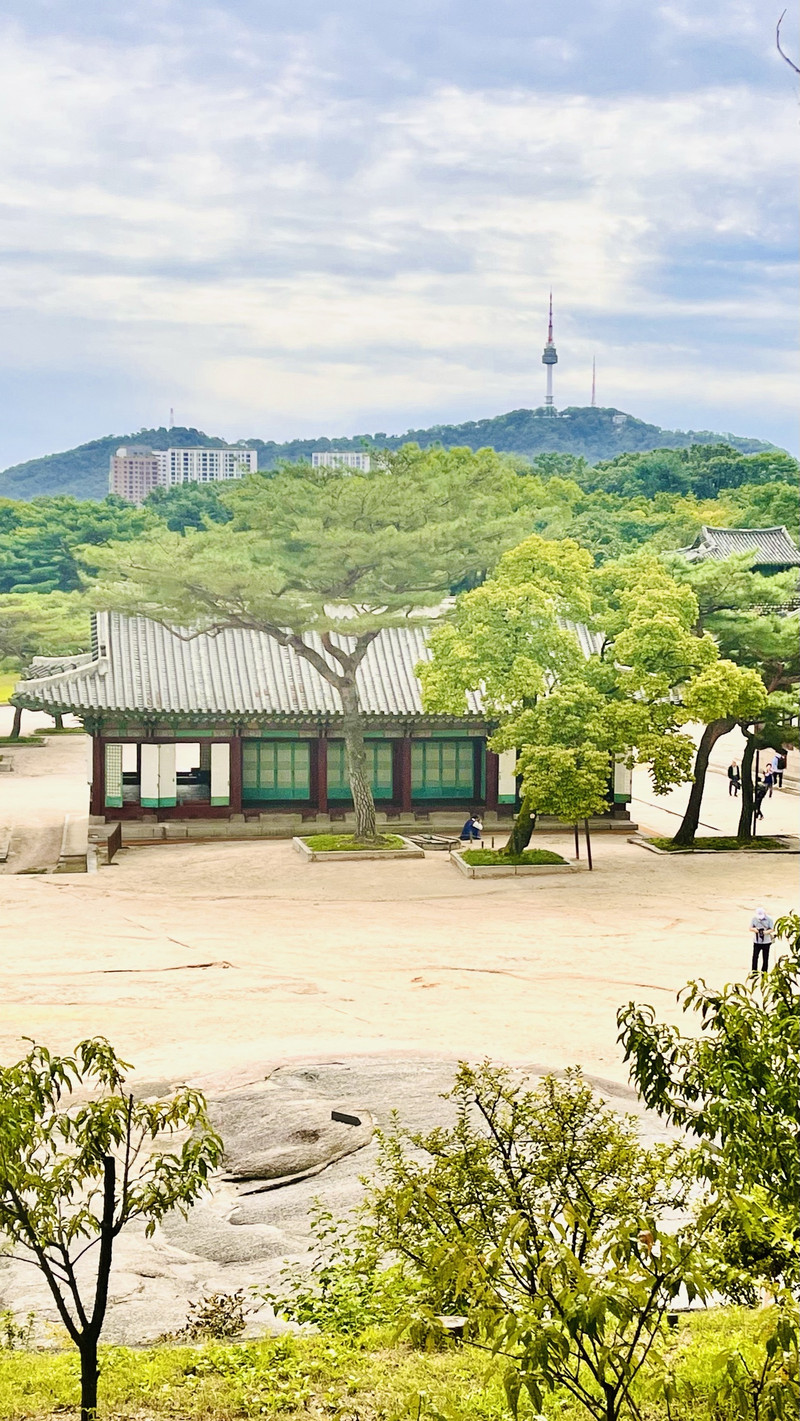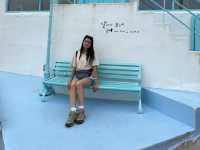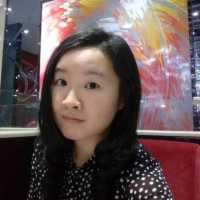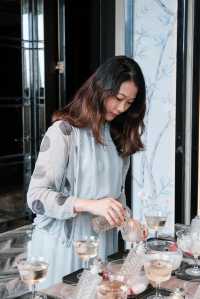Definitely a must visit palace in Korea. the place is huge enough to cater more tourists plus the entry is just krw1,000 . If you enter to the secret garden add krw5,000 in the next ticket booth
Changdeokgung Review
4.7 /5498 Reviews
Recommended Attractions at Popular Destinations
Attraction near Bangkok | Attraction near Manila | Attraction near Tokyo | Attraction near Taipei | Attraction near Hong Kong | Attraction near Seoul | Attraction near Kuala Lumpur | Attraction near Los Angeles | Attraction near Shanghai | Attraction near New York | Attraction near Shenzhen | Attraction near Osaka | Attraction near Singapore | Attraction near London | Attraction near Guangzhou | Attraction near San Francisco | Attraction near Beijing | Attraction near Macau | Attraction near Bali | Attraction near Jakarta | Attraction near Paris | Attraction near Ho Chi Minh City | Attraction near Istanbul | Attraction near Phuket | Attraction near Chicago | Attraction near Seattle | Attraction near Toronto | Attraction near Orlando | Attraction near Cebu | Attraction near Chiang Mai
Popular Travelogues
Bangkok Travelogue | Tokyo Travelogue | Hong Kong Travelogue | Seoul Travelogue | Kuala Lumpur Travelogue | Los Angeles Travelogue | Shanghai Travelogue | New York Travelogue | Shenzhen Travelogue | Osaka Travelogue | Singapore Travelogue | London Travelogue | Guangzhou Travelogue | Beijing Travelogue | Macau Travelogue | Paris Travelogue | Phuket Travelogue | Chicago Travelogue | Orlando Travelogue
Popular Ranked Lists
Popular Premium Hotels in Altai Republic | Popular Premium Hotels in Mbabane | Popular Luxury Hotels Near Norquin Department | Top 10 Must-Visit Restaurants in New Zealand | Popular Premium Hotels in Pebble Beach | Popular Must-Visit Restaurants in New York | Popular Best Things to Do in Taishan | Popular Premium Hotels in Otocec | Popular Premium Hotels in Cheongju | Top 3 Best Things to Do in Shengsi | Top 5 Best Things to Do in Huaihua | Top 4 Best Things to Do in Yingkou | Popular Best Things to Do in Longyou | Popular Premium Hotels in Astrakhan | Popular Premium Hotels in Del Monte Forest | Popular Must-Visit Restaurants in Bruges | Popular Must-Visit Restaurants in Shanghai | Popular Premium Hotels in Taunggyi | Popular Best Things to Do in Zhuji | Top 9 Local Restaurants in Lushan Global Geopark | Popular Premium Hotels Near Samosdelka | Popular Best Things to Do in Nanchong | Top 5 Best Things to Do in Fangchenggang | Top 6 Best Things to Do in Hezhou | Popular Premium Hotels Near Makkah Province | Top 3 Best Things to Do in Chizhou | Popular Must-Visit Restaurants in Chiang Mai | Popular Premium Hotels in Pipa | Popular Premium Hotels in Shan | Top 3 Best Things to Do in Guigang
Payment Methods
Our Partners
Copyright © 2025 Trip.com Travel Singapore Pte. Ltd. All rights reserved
Site Operator: Trip.com Travel Singapore Pte. Ltd.
Site Operator: Trip.com Travel Singapore Pte. Ltd.
